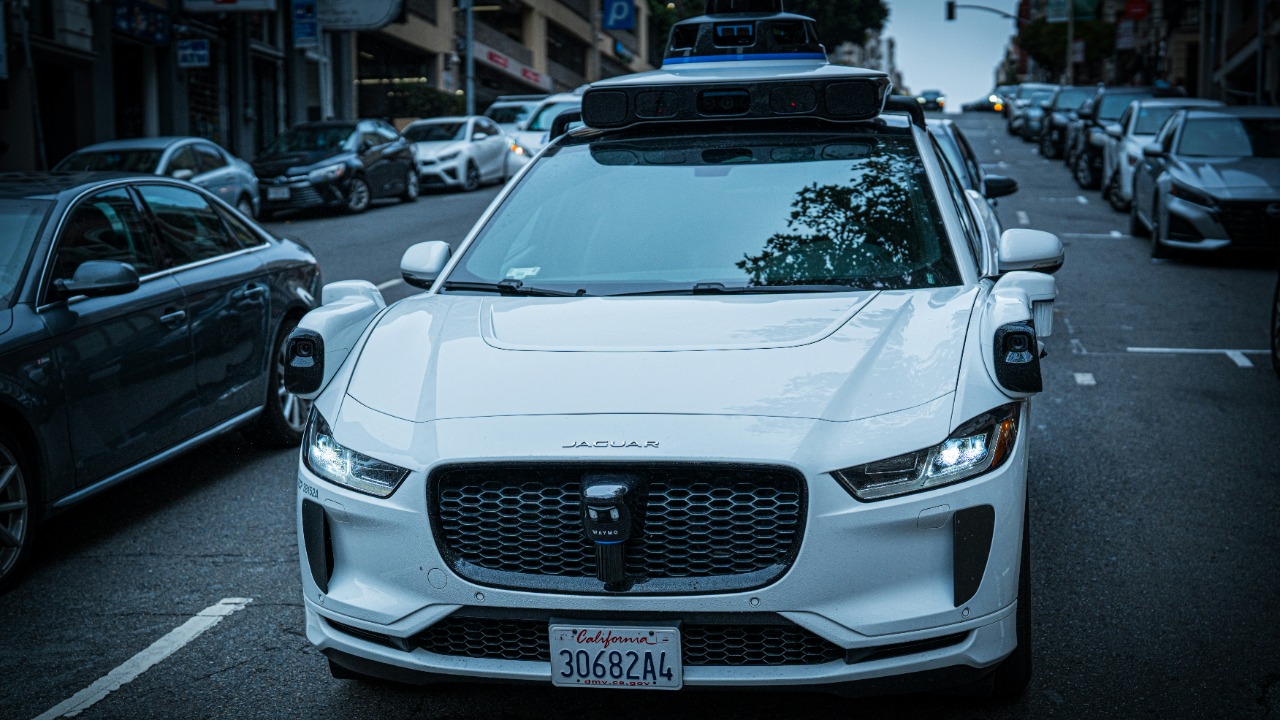Waymo’s Expansion into New York City
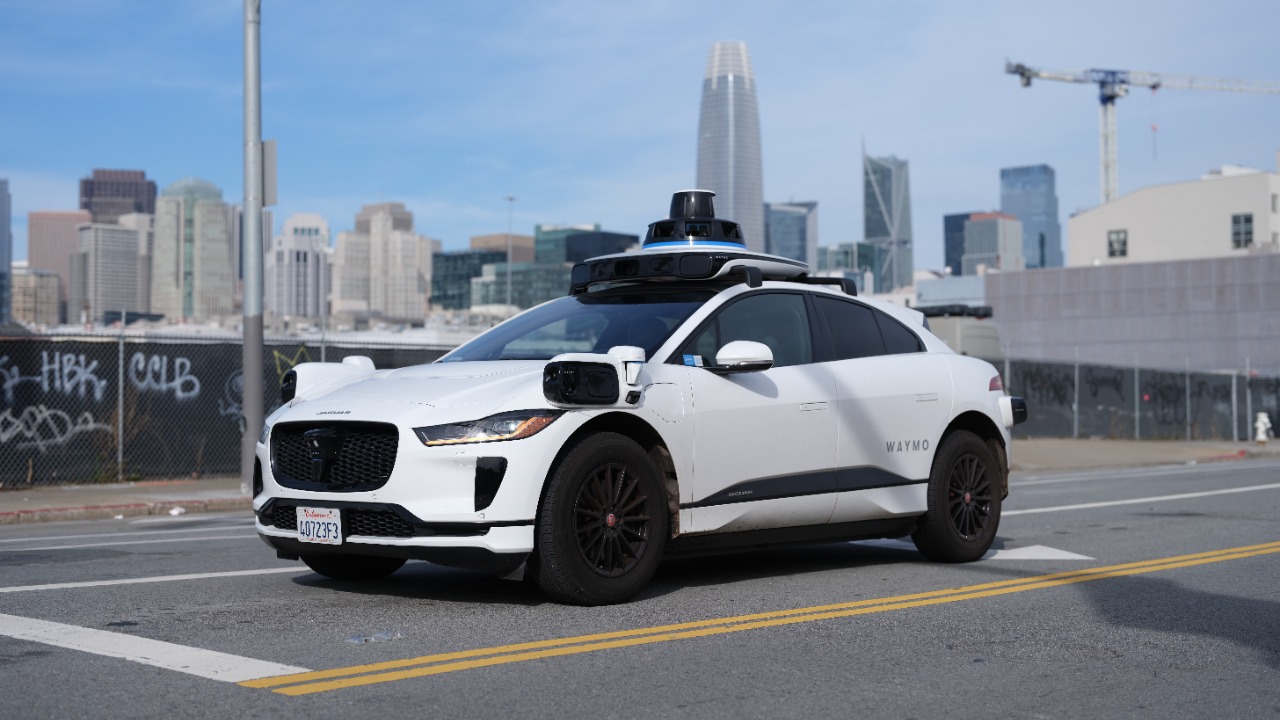
Waymo, a leader in autonomous vehicle technology, has received the first permit to test self-driving cars in New York City. Trials are set to commence in Manhattan and Downtown Brooklyn, marking a significant milestone in urban autonomous vehicle deployment. The decision was announced by Mayor Adams and the NYC Department of Transportation, highlighting the city’s commitment to innovation and smart city initiatives.
The choice of these locations underscores the challenges and opportunities that urban environments present for autonomous vehicle technology. Manhattan and Downtown Brooklyn are known for their dense traffic, complex street layouts, and diverse traffic patterns. These factors make them ideal testing grounds for assessing the capabilities of self-driving cars in handling real-world complexities.
Waymo’s decision to test in New York City is part of a broader strategy to demonstrate the robustness of its autonomous technology in diverse environments. The city’s unique infrastructure, including its iconic grid system and extensive network of bridges and tunnels, presents a complex challenge that could push the boundaries of current autonomous vehicle capabilities.
Reactions and Concerns
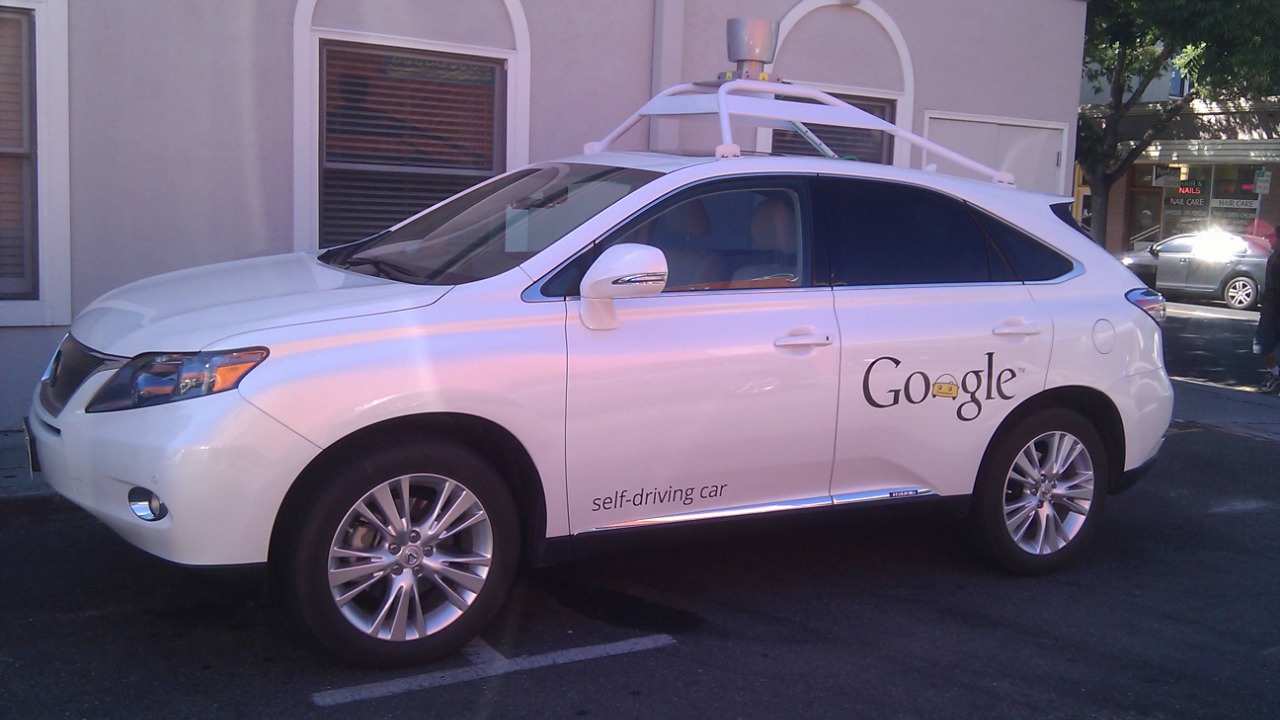
The decision to allow Waymo to test its self-driving cars in such densely populated areas has not been without controversy. Critics have voiced concerns that testing in crowded areas like Manhattan and Brooklyn could pose significant challenges and risks. Some have described the initiative as “a really bad idea,” citing potential safety hazards and the unpredictability of urban traffic.
On the other hand, proponents argue that this initiative represents a significant step forward in the advancement and integration of autonomous vehicle technology in urban settings. They believe that the data collected from these tests will be invaluable in refining the technology and ensuring its safe deployment in cities worldwide. The potential benefits of reduced traffic congestion and improved mobility solutions are seen as compelling reasons to support the trials.
Critics of the initiative have raised specific concerns about the potential for accidents involving pedestrians and cyclists, who are abundant in New York City. The unpredictability of human behavior in such a densely populated area poses a significant challenge for autonomous systems, which must be programmed to anticipate and react to a wide range of scenarios.
Despite these concerns, supporters emphasize the potential for autonomous vehicles to enhance safety by reducing human error, which is a leading cause of traffic accidents. They argue that the controlled testing environment will allow for careful monitoring and adjustment of the technology, ensuring that any issues are addressed before broader implementation.
Official Endorsements and Statements
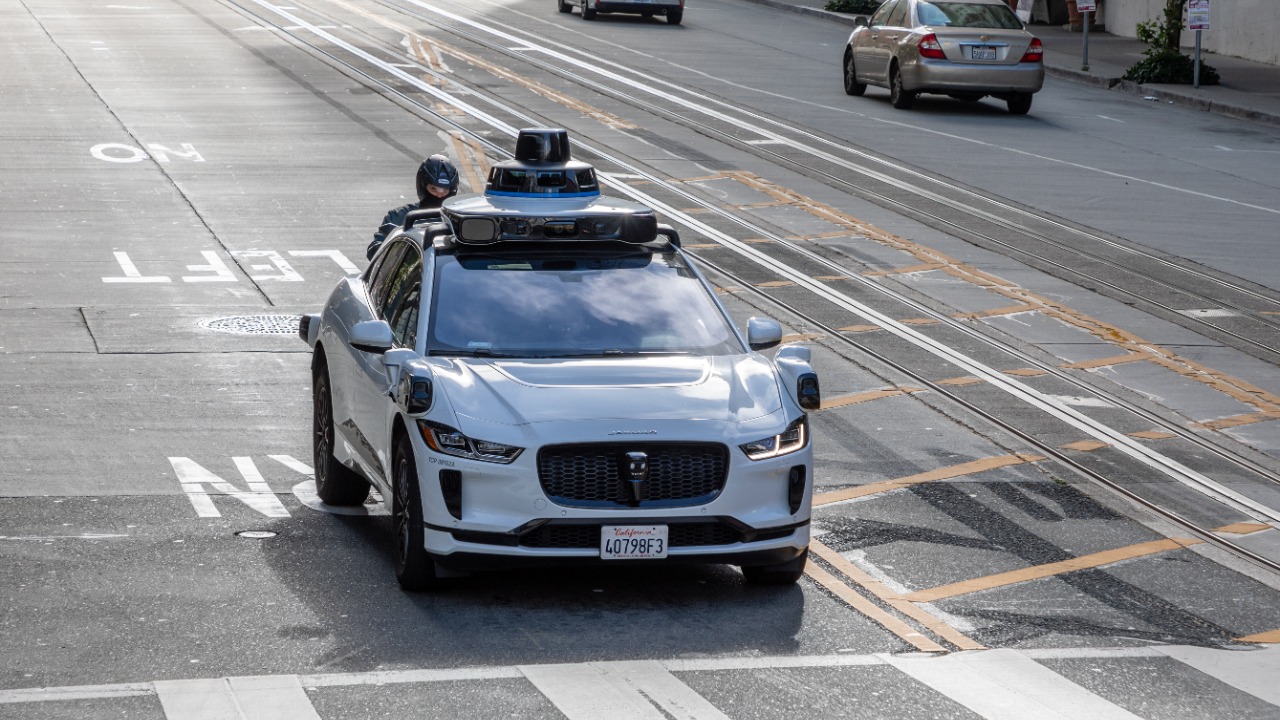
Mayor Adams and the NYC Department of Transportation have publicly endorsed the testing, highlighting their commitment to innovation and smart city initiatives. They view the introduction of Waymo’s self-driving cars as an opportunity to explore new mobility solutions and reduce traffic congestion in the long term.
The support from city officials is crucial for the success of such initiatives, as it provides the necessary regulatory framework and public backing. By aligning with Waymo, New York City positions itself at the forefront of autonomous vehicle technology, potentially setting a precedent for other cities to follow.
Technological and Strategic Implications
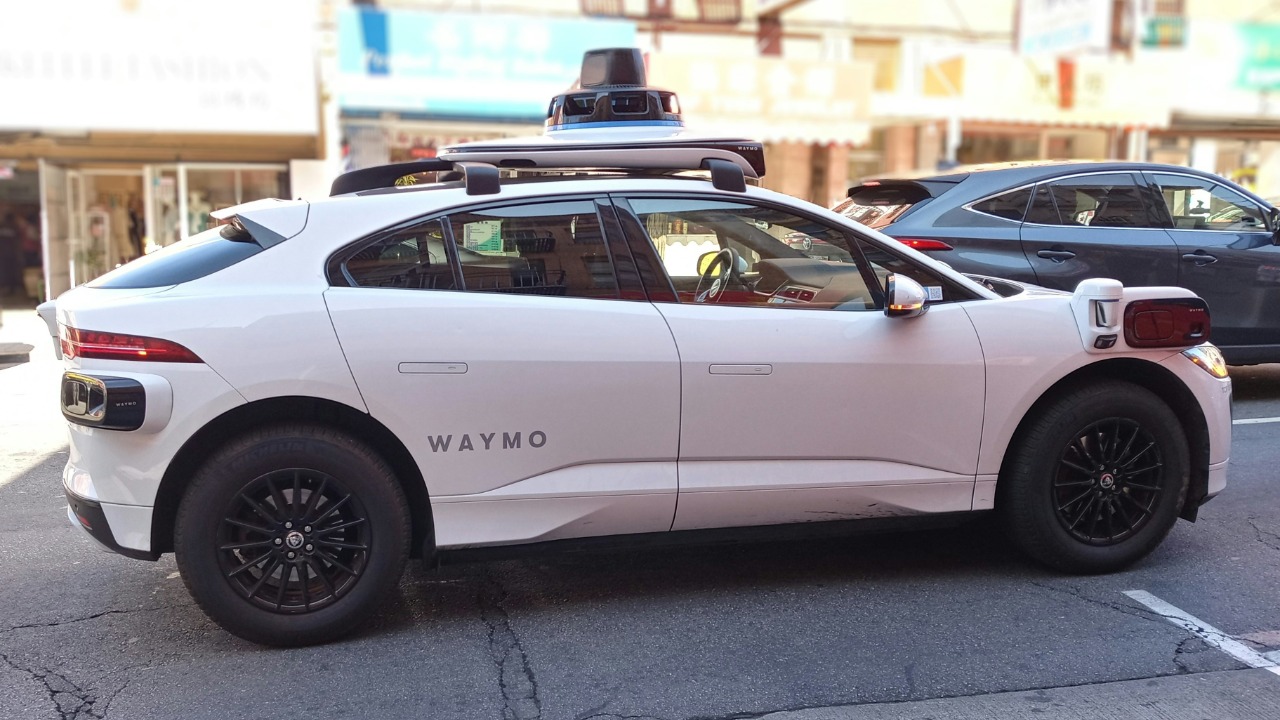
Waymo’s entry into New York City marks a critical expansion in its strategy to deploy autonomous vehicles in complex urban environments. The testing phase will provide valuable data on the performance of self-driving technologies in one of the world’s most challenging cityscapes.
This data will be instrumental in refining the algorithms and systems that power these vehicles, ensuring they can safely and efficiently navigate urban settings. The strategic implications of this move are significant for Waymo and the broader autonomous vehicle industry.
Successfully navigating the streets of Manhattan and Brooklyn could serve as a powerful demonstration of the technology’s capabilities, potentially accelerating its adoption in other cities. Moreover, the insights gained from these tests could inform future regulatory frameworks and industry standards, shaping the future of urban mobility.

